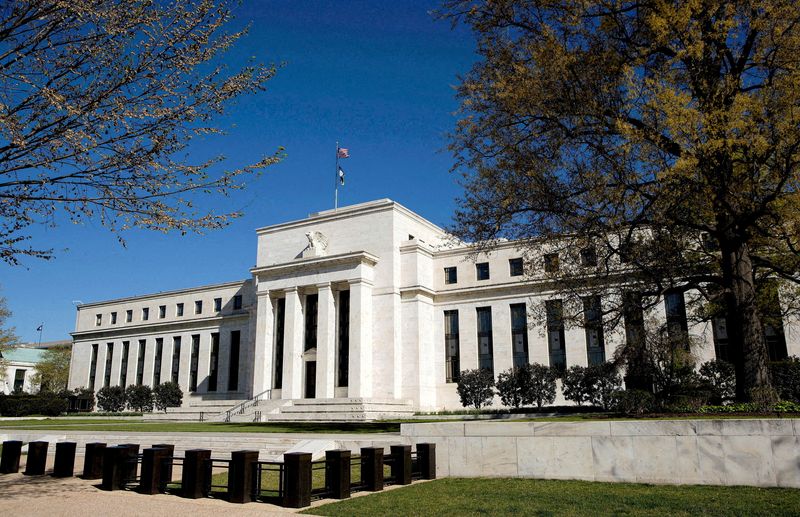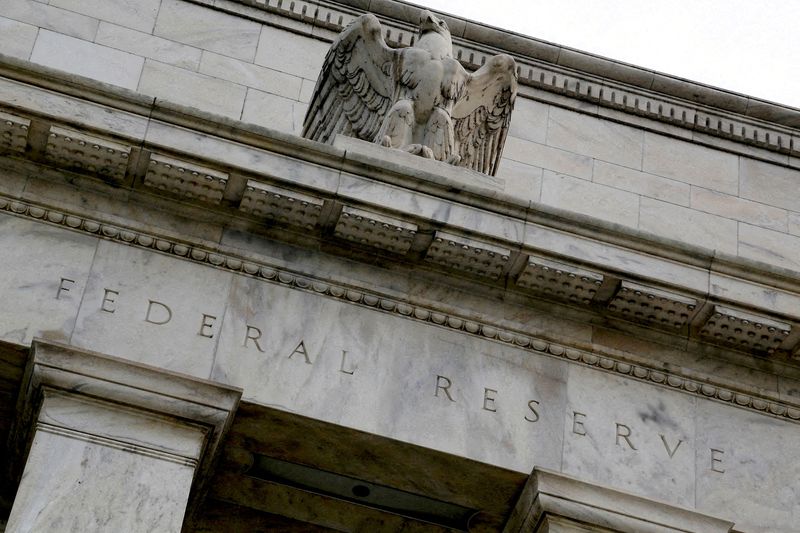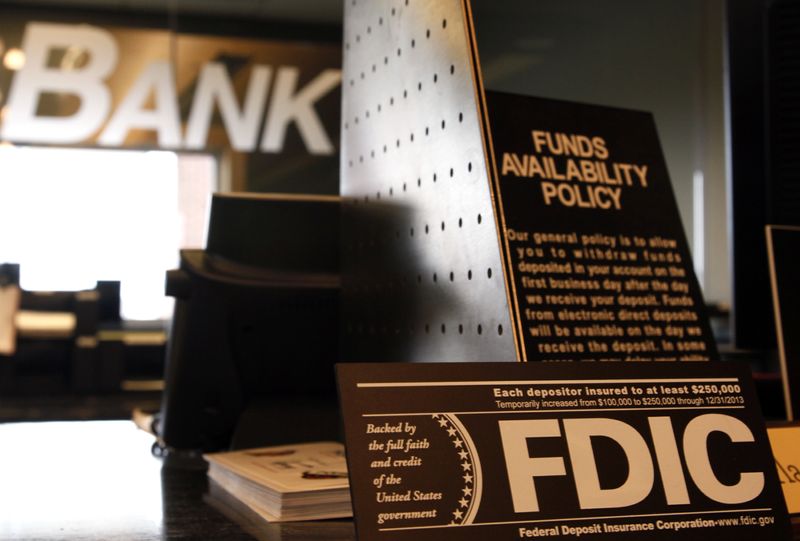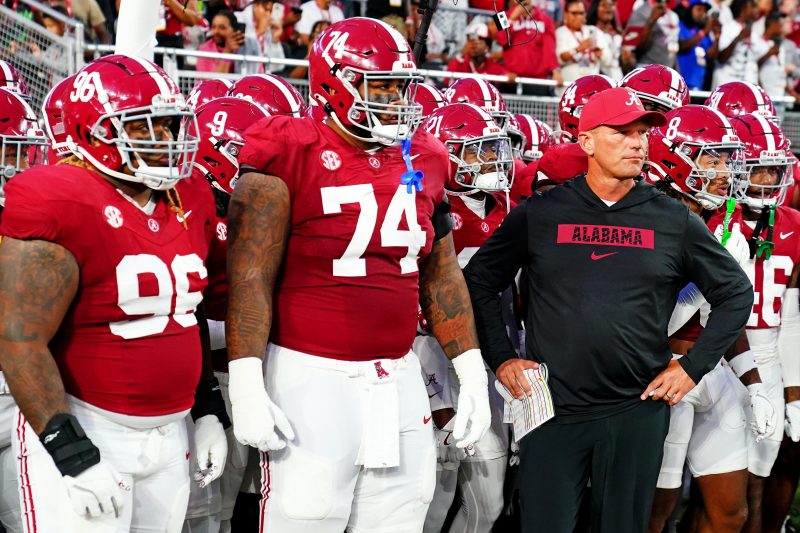Exclusive-Fed’s Bostic open to another large rate cut if job market weakens

By Howard Schneider
NASHVILLE, Tennessee (Reuters) – Atlanta Federal Reserve President Raphael Bostic said on Monday he would be open to another half-percentage-point interest rate cut at the U.S. central bank’s meeting in November if upcoming data show job growth slowing faster than expected.
“A surprise to the weak side …. would pull me much further into really needing another dramatic move,” Bostic said in an interview with Reuters.
Bostic said his baseline outlook was for an “orderly” Fed easing over the next 15 months that would end with the central bank’s policy rate in the 3.00%-3.25% range at the end of 2025 – a level he thinks would have a neutral impact on the economy and which would be 1.75 percentage points below the level set by the Fed at its Sept. 17-18 meeting.
At the policy meeting earlier this month, Bostic said he penciled in just a single further quarter-percentage-point rate cut this year beyond the half-percentage-point reduction he and his colleagues approved.
But he said his mind is open depending on how fast inflation slows from here and, in particular, what upcoming job reports say about the state of the labor market, beginning with the release on Friday of the U.S. employment report for September.
Data last week showed headline inflation, based on the Fed’s preferred personal consumption expenditures price index, slowed to 2.2% in August, near the central bank’s 2% target, and “the big takeaway for me was that the risks of inflation are continuing to fall,” Bostic said.
“If the story is that inflation is continuing its drop and the labor market is staying strong, I think we have the luxury of being a bit more patient” with rate cuts, said Bostic, who has a vote on the Fed’s interest rate policy this year. “If, on the other hand, the labor market comes in much weaker, I think that would add urgency to this.”
Bostic said he did not “want to get caught in some degree of over-confidence that the pathway on inflation is short,” and noted that the PCE price index stripped of food and energy costs, the so-called “core” measure of inflation that is regarded as a good indicator of future price pressures, was still running at 2.7% last month.
“It is useful and positive for us to still be in a restrictive posture” until there is more data showing inflation in decline, Bostic said.
KEY JOB GROWTH LEVEL
Bostic’s comments and changing outlook over the course of the year highlight the balancing act underway at the Fed right now as concerns grow about how quickly the U.S. job market might soften.
Earlier this year Bostic said he did not expect rate cuts would be warranted until late this year, but he supported the large cut in September, with more to come, after inflation eased faster than he anticipated.
He said he regarded recent inflation readings that on a month-to-month basis have been below the Fed’s 2% target as “a positive,” and did not regard them as “dangerously low” or a sign that monetary policy had been kept too tight for too long.
In terms of the job market, Bostic said he will be focused on whether the economy is “still producing net jobs” and, in particular, whether monthly job growth stays around 100,000 positions or above – the level he feels is needed to absorb entrants to the labor market.
If job growth falls below that “we’ll ask another layer of questions to understand … is that pointing to something that’s more fundamental?” Bostic said.
Business contacts in his southeastern Fed district continue to say they are not anticipating layoffs, Bostic said, and that “really does tell me that labor markets, while they’re slowing, they’re not slow.”
If that continues, he said the journey to a more neutral rate of interest will unfold “in due time … in a way that ensures that inflation is back at target, and in a way that minimizes the disruption in labor markets. The month-to-month data that come in will tell to what extent we’ve achieved that, and that’ll guide how fast I think we will need to move.”







